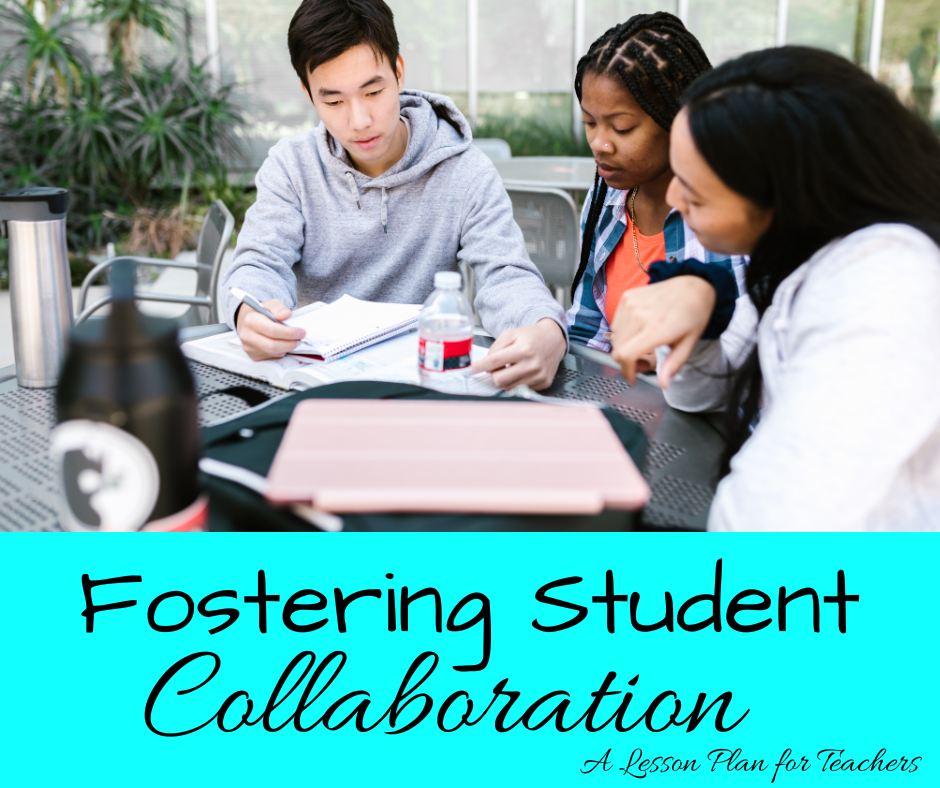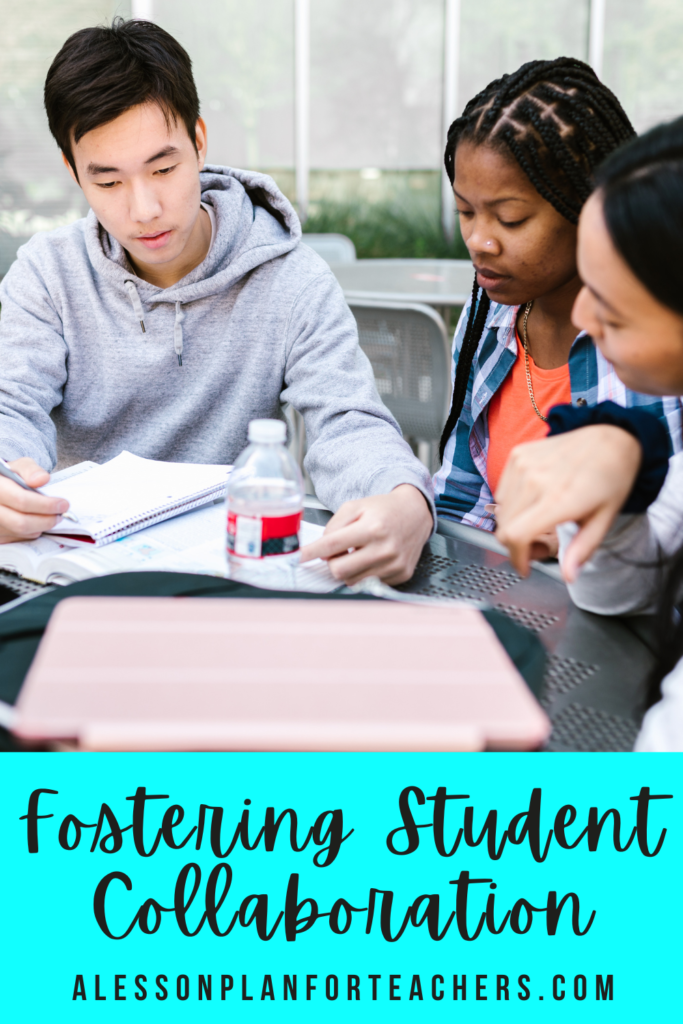As teachers, we know that the beginning of the school year can set the tone for the rest of the academic year. It’s essential to establish a positive classroom environment that fosters collaboration, communication, and teamwork. By starting the school year with a focus on student collaboration, we can create a classroom community that will support student learning and growth throughout the year. Try the following suggestions to reach that goal.

1. Icebreakers and Team-Building Activities
Start the year by getting to know your students and encouraging them to get to know each other. Icebreakers and team-building activities are a great way to break the ice and establish a sense of community in the classroom. You could try activities like a Meet & Greet, a Find Someone Who, or assign identity bags for the class to present.
2. Establish Classroom Norms and Expectations
Since collaboration requires trust and respect, and it’s important to establish classroom norms and expectations that support these values. Take some time at the beginning of the year to have a discussion with your students about what collaboration looks like and what expectations they have for themselves and their classmates. Create a list of classroom norms together, and make sure everyone understands and agrees to follow them. Be sure to examine your expectations with a provided syllabus.
3. Set Group Goals
Collaboration is more effective when everyone is working towards a shared goal. Set a group goal for the class and have students work in small groups to come up with a plan for achieving it. This could be a project, a presentation, or a community service activity. Encourage students to take ownership of their work and hold each other accountable for meeting their goals. First day scavenger hunts are a great way to get this going.
4. Use Collaborative Learning Strategies
Collaborative learning strategies like group work, peer teaching, and peer feedback can be highly effective in promoting student collaboration. Make sure you provide clear instructions and expectations for group work and allow time for students to reflect on their collaborative experiences. Encourage students to give each other feedback and support one another’s learning. Try one of these variations on THINK-PAIR-SHARE!
5. Celebrate Success
When students work collaboratively, they learn to support and rely on each other, and their successes become shared successes. Celebrate their achievements as a group and recognize individual contributions. This can be as simple as a class-wide shout-out or a more formal recognition ceremony.

Starting the school year with a focus on student collaboration sets the stage for a successful academic year. By building a classroom community that values trust, respect, and teamwork, we create a positive and supportive learning environment that benefits all students. With these tips in mind, let’s work together to make this school year a collaborative and successful one!
Happy Teaching!
